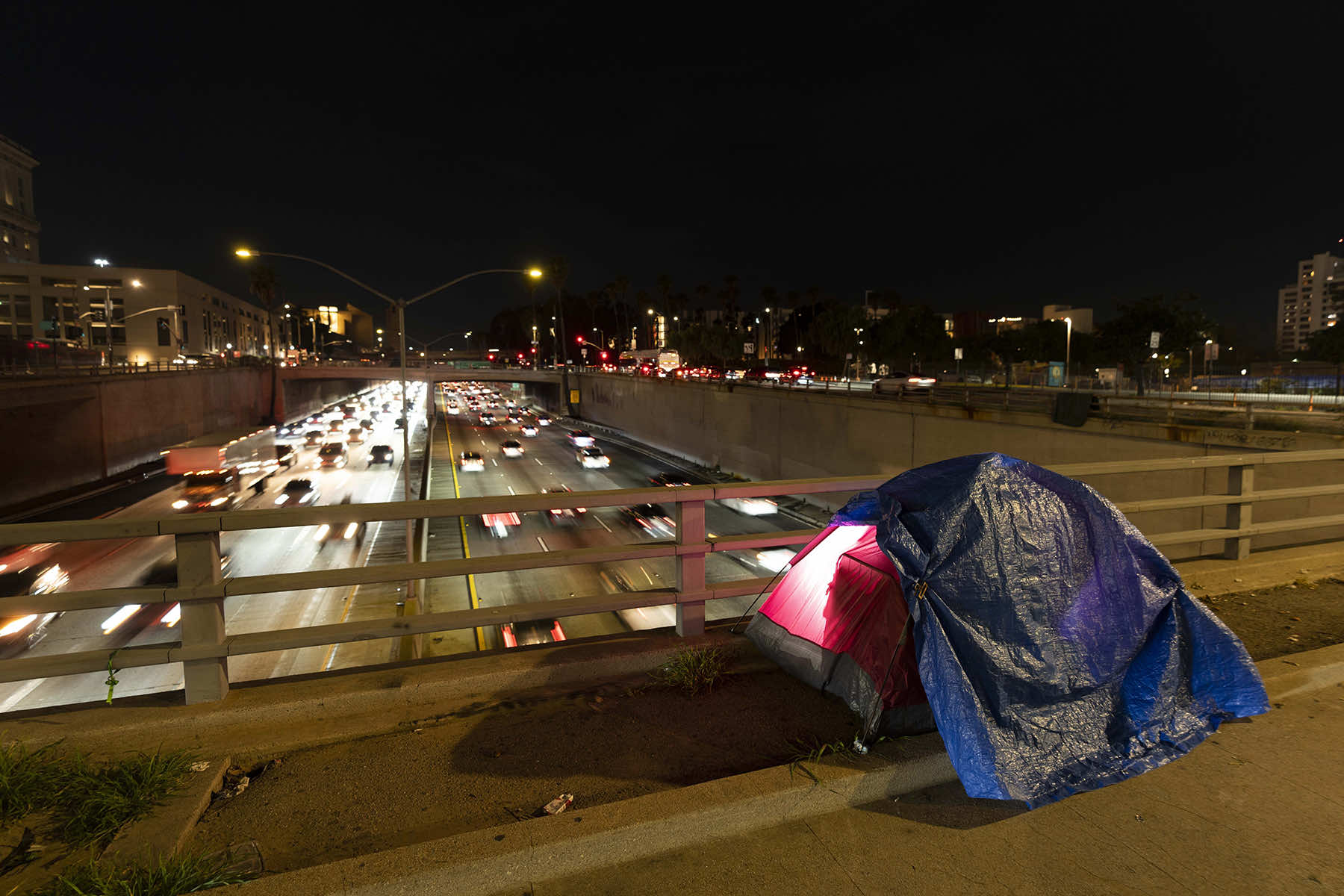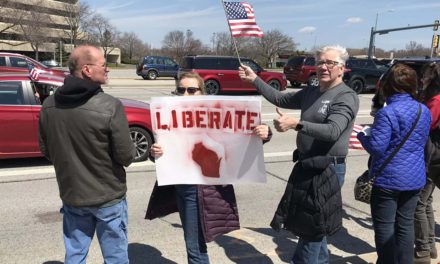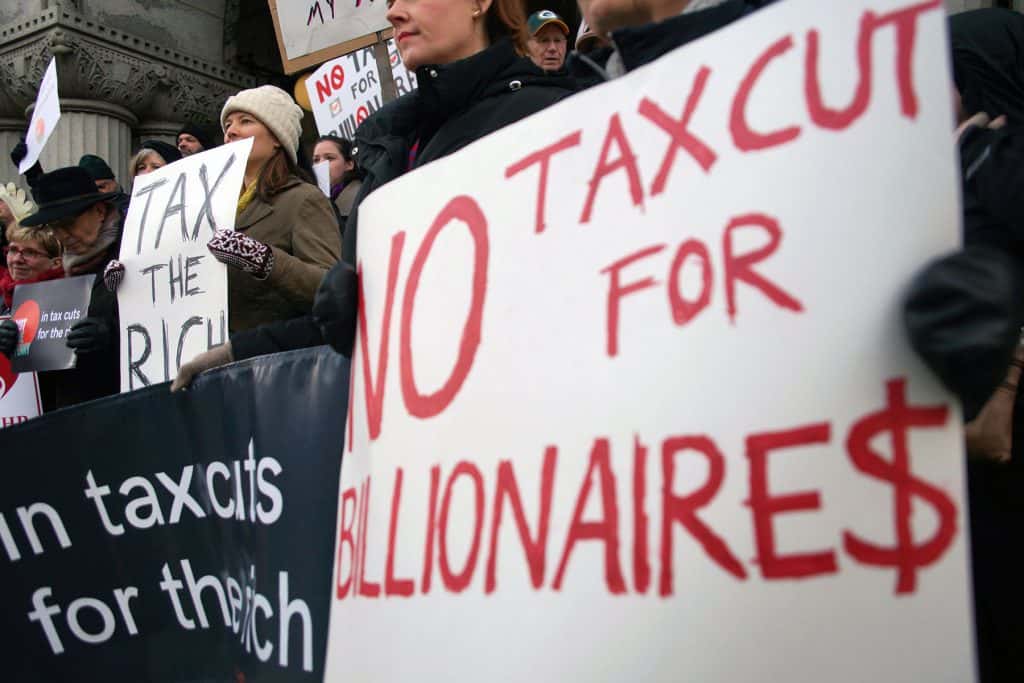
The United States experienced a dramatic 12% increase in homelessness to its highest reported level as soaring rents and a decline in coronavirus pandemic assistance combined to put housing out of reach for more Americans, according to federal officials.
About 653,000 people were homeless, the most since the country began using the yearly point-in-time survey in 2007. The total in the January count represents an increase of about 70,650 from a year earlier.
The latest estimate indicates that people becoming homeless for the first time were behind much of the increase. A rise in family homelessness ended a downward trend that began in 2012.
“For those on the frontlines of this crisis, it’s not surprising,” said Ann Oliva, chief executive officer at the National Alliance to End Homelessness, an advocacy group.
Housing and Urban Development Secretary Marcia Fudge said the data underscored an “urgent need” to support proven solutions that help people quickly exit homelessness and that prevent homelessness in the first place.
Going back to the first 2007 survey, the U.S. then made steady progress for about a decade in reducing the homeless population as the government focused particularly on increasing investments to get veterans into housing. The number of homeless people dropped from about 637,000 in 2010 to about 554,000 in 2017.
The numbers ticked up to about 580,000 in the 2020 count and held relatively steady over the next two years as Congress responded to the COVID-19 pandemic with emergency rental assistance, stimulus payments, aid to states and local governments and a temporary eviction moratorium.
Jeff Olivet, executive director of the U.S. Interagency Council on Homelessness, a federal agency, said the extra assistance “held off the rise in homelessness that we are now seeing.” He said numerous factors are behind the problem.
“The most significant causes are the shortage of affordable homes and the high cost of housing that have left many Americans living paycheck to paycheck and one crisis away from homelessness,” Olivet said.
Within the overall rise, homelessness among individuals rose by nearly 11%, among veterans by 7.4% and among families with children by 15.5%.
People who identify as Black make up about 13% of the U.S. population but comprised 37% of all people experiencing homelessness. People who identify as Hispanic or Latino make up about 19% of the population but comprised about 33% of those experiencing homelessness. Also, more than a quarter of the adults experiencing homelessness were over age 54.
HUD said that rental housing conditions were “extraordinarily challenging” in 2022, with rents increasing at more than twice the rate of recent years. It noted that trend has subsided since the January count. Such relief could show benefits when volunteers and housing officials around the country begin the next homeless count in 2024.
Officials also noted that President Joe Biden’s budget for this fiscal year has recommended guaranteed vouchers for low-income veterans and youths aging out of foster care, among other investments designed to reduce homelessness.
More than half the people experiencing homelessness in the country were in four states: California, New York, Florida and Washington. While about 28% of the nation’s homeless are estimated to be in California, its increase was only about half the national rate. New York’s homelessness went up more than three times the national rate, according to HUD’s report.
New Hampshire, New Mexico and Colorado along with New York saw the largest percentage increases in homelessness. In all, the number of people experiencing homelessness increased in 41 states and the District of Columbia, and decreased in just nine states.
Dave Giffen, executive director of The Coalition for the Homeless in New York City, said the cost of rental housing soared after the pandemic.
“So when we saw the pandemic-era protections go away, we did start to see homelessness starting to increase again. We saw more people being evicted, housing instability,” Giffen said. “But then all of that got kind of masked by the sudden, very rapid influx of new asylum seekers, and that is a crisis for which the city and state were more unprepared to deal with.”
Starting in the summer of 2022, New York City’s homeless shelter system has been overwhelmed by waves of international migrants who are being bused into the city from southern U.S. border states. More than 150,000 migrants have been in the city’s shelters for some period of time.
Mayor Eric Adams has pleaded with the federal government for aid to help defray the cost of housing migrants, which he says will run into the billions of dollars over the next few years. He has chastised the governor of Texas, for arranging to bus migrants out of that state to New York. Adams, a Democrat, has also asked for legal and bureaucratic changes that would allow migrants to get work permits more easily.
HUD did not get data that enabled it to separate out the specific impact of migrants and asylum seekers on homelessness, but some communities indicated it did affect their increase. The Biden administration has provided more than $1 billion in grant funding to cities and states to fund critical needs for migrants. It’s also identifying potential federal land and buildings that can be made available for shelter and other services for migrants, said a senior HUD official not authorized to publicly discuss the report.
HUD also sought to highlight improvements and noted that some communities bucked the national trend. Chattanooga, Tennessee, and the surrounding region, for example, saw a 49% drop from the 2022 count to this year’s. Chattanooga increased efforts to more rapidly connect people to permanent housing and boosted efforts to prevent people from becoming homeless.
Other communities highlighted for a drop were Dallas, which experienced a 3.8% decrease, and Newark and Essex County, New Jersey, which saw a 16.7% drop. Houston has closed numerous homeless encampments across the city and saw a 17% reduction in unsheltered homelessness. San Jose, California, and Tucson, Arizona, were also cited for improvements.














